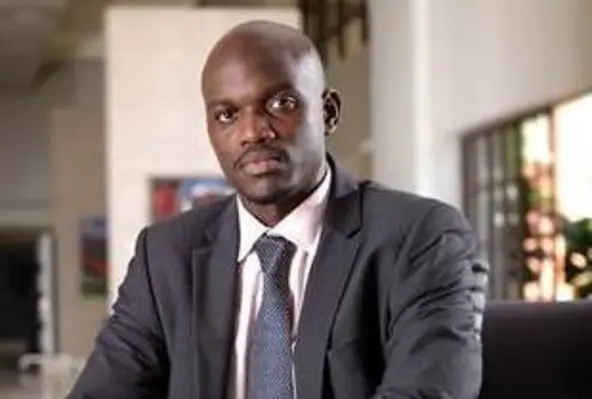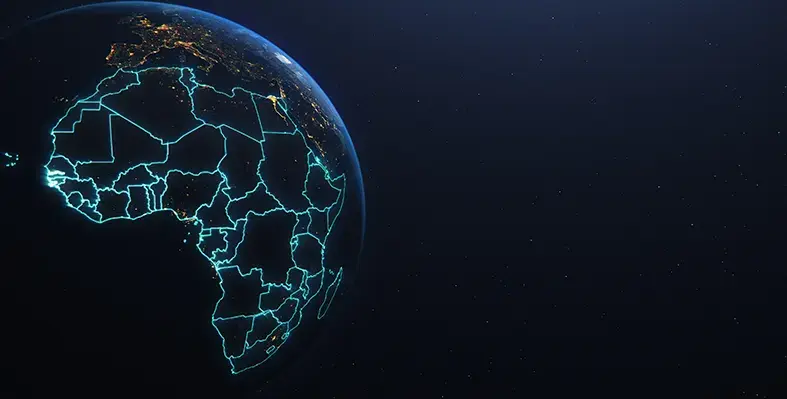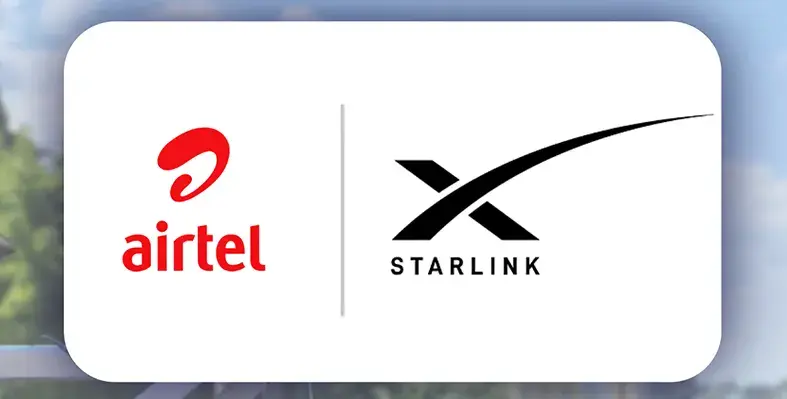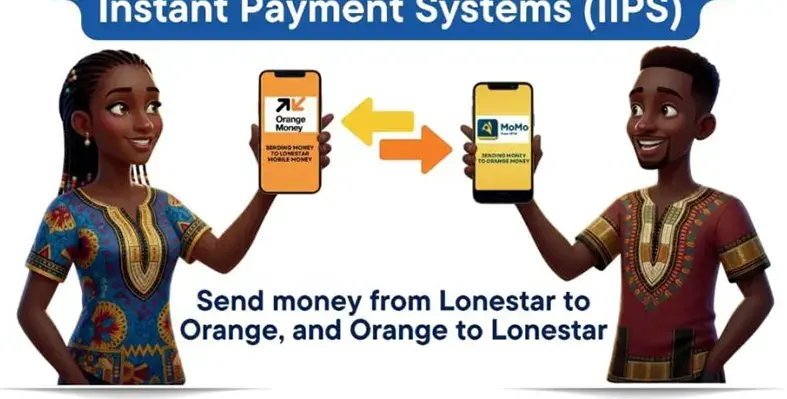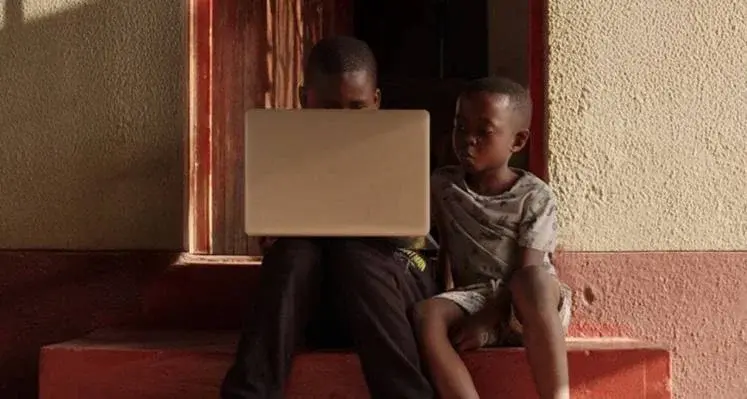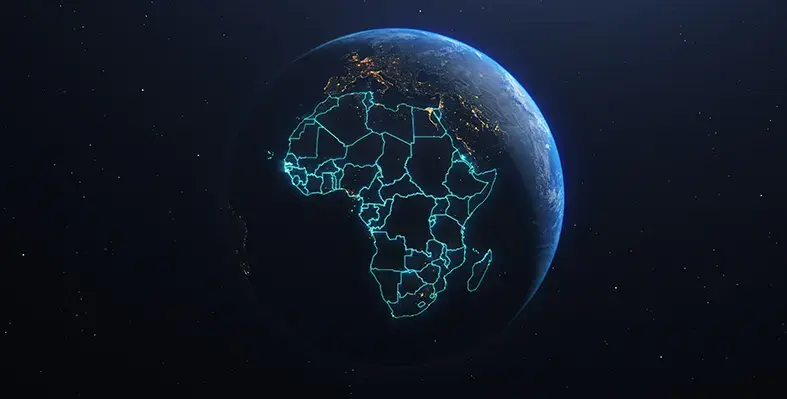The head of engineering at SEACOM has called for telecommunications regulators and African governments to clear away the red tape and regulatory risks around putting fibre in the ground
SEACOM's Mark Tinka believes that the move would encourage network operators to invest in sinking fibre into the ground for terrestrial long-distance and last mile connectivity.
Tinka, SEACOM's head of engineering said that it is encouraging to see the massive investments that operators and governments have made into national fibre networks in regions such as East Africa and South Africa.
However, the continent as a whole and many countries in particular need to see far more investment in fibre to spark wider adoption of broadband, Tinka added.
There are many countries with underdeveloped national fibre networks as well as an urgent need for fibre investment for carriage between base stations.
In addition, many metros could benefit from the introduction of fibre for last mile connectivity. But given the high costs of putting fibre into the ground, many operators around the continent are taking a cautious approach to investment, Tinka said.
Many are focusing on routes and dense urban areas that are already well-served, for example, rather than on expanding fibre to underserved areas in the countries where they operate.
To encourage them to invest more widely and aggressively in fibre rollouts, governments should consider a range of regulatory, licensing and financing interventions, said Tinka.
For example, a common frustration in many African countries is that fibre cables are often uprooted or severed when gas, water or electricity pipes are laid in the ground.
Governments should consider laws that protect infrastructure that is already in the ground and that encourage utility companies to work together to dig up roads and lay down infrastructure, said Tinka.
Governments also need to make it easier for operators to get licenses to compete as infrastructure providers and to get permissions from local authorities to lay down cable.
Governments also need to collaborate across borders on fibre projects so that bandwidth from submarine cables can find its way inland.
"Thanks to bureaucracy across borders, it can often be easier to run a cable in the ocean than on land," said Tinka.
"Many governments find ways to impose taxes on cables running across borders, when they should instead be encouraging regional connectivity. It requires more focus on a regulatory level."
Another obstacle for fibre lies in the tariffs that operators - often those with monopoly rights on infrastructure - charge other networks and service providers to use their fibre backbones.
According to Tinka, such operators need to recognise that the business case for fibre needs to be built over a 15 to 20 year timespan.
"There is plenty of time to recover the investment and make profits," he said. "Operators need to think about a long-term business case that encourages optimal use of their infrastructures."
Tinka added that despite the rapid advances in wireless technology, fibre has a critical role to play in the development of the African Internet.
Now that submarine cable operators such as SEACOM have brought plentiful international bandwidth to Africa's coastline, it is crucial to pull this capacity inland via fibre networks to enable continued broadband penetration and growth.



